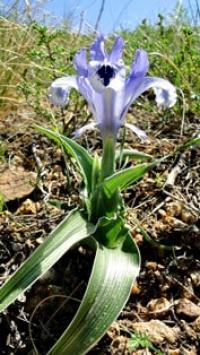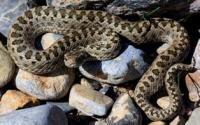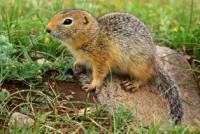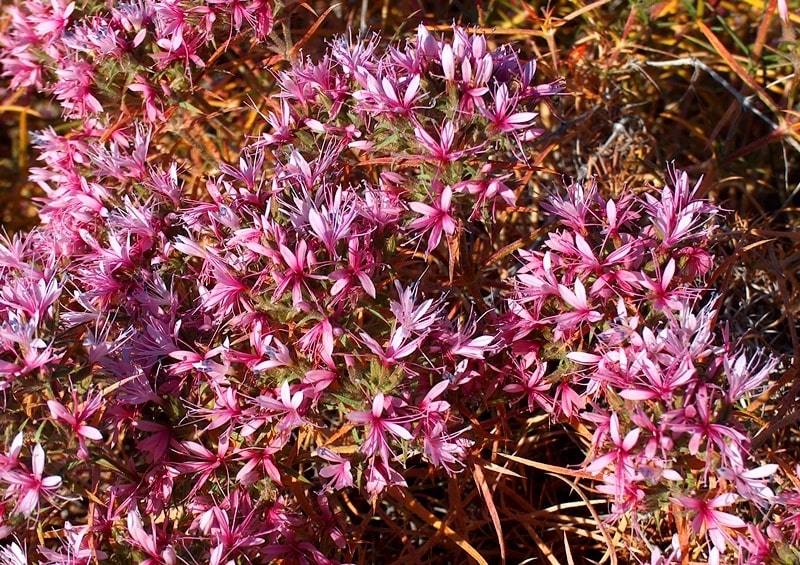Вы здесь
Clay desert of Kazakhstan.




In Kazakhstan Silk Road Destination.
“The world is a book and those who do not travel read only one page”
Augustine of Hippo.
What to see in Kazakhstan (our tips for 2019).
These are the deserts of the northern zone, which are characterized by a lack of moisture in all seasons. The soils of this zone, located adjacent to the semi-desert zone, for the southern part of which brown soils are characteristic, soil scientists have recently referred to the brown type and called them light brown. E. V. Lobov and other soil scientists call them gray brown and generally came to the idea that the continental deserts of the southern part of the temperate zone are characterized by "gray brown type of soil formation."
Described type of desert peculiar, according to E. V. Frontal (1960), gray brown little calcareous soil. They develop in significantly different conditions than the typical gray lands of the southern zone (subtropical deserts).
Here, the average annual temperatures are lower and much harsher than winter (the upper soil horizons freeze in winter). The summer minimum of precipitation is not so sharp. In the vegetation cover there is less participation of ephemera, activity is somewhat weakened.
Soils contain little humus (usually up to 1.5% in the upper horizon, and sometimes less than 1%) and are characterized by low thickness of humus horizons; The upper part of the soil profile is distinguished by a low carbonate, and the salinity of the soil is quite often manifested.
In areas that make up the transition to rocky deserts, carbonate increases in the upper soil horizons. These soils, according to EV. Frontal, should be classified as carbonate (typical) gray brown, which are common in the northern desert zone, for example, in Ustyurt.
In depressions, where soils are affected by groundwater or where salt-bearing parent rocks, saline gray brown soils develop. In the vegetation cover of the clay deserts of the northern zone xerophytic semishrubs, mainly wormwood, predominate.
Here, in contrast to the clay deserts of the southern zone, there are few ephemera (they are somewhat more common on the foothill plains of the Northern Tien Shan). Gray wormwood (Artemisia terrae-albae) and black (Artemisia pauciflora f. Maikara) are especially characteristic of wormwood.
Wormwood bushes reach 30 – 35 cm in height and rarely grow (5–10 plants per 1 square meter), but their well-developed root systems close together and collect all the moisture that seeps into the soil. Thus, the number of plants settling on a certain area is limited by moisture.
Of the salt plants for the described type of desert, characteristic (Anabasis salsa) is a small shrub 10–15 cm high, appearing in shallow flat basins with saline soils and growing even more rarefied than wormwood. It is also widely distributed (Atriplex cana).
On the gray brown saline march soils, various hothouses dominate. In the northwestern part of the Turan lowland and in the north, along the border with the semi-desert zone, wadding and fescue are mixed with wormwood.
The vegetation cover of the desert seems to be very monotonous, although upon closest examination it reveals a rather significant species diversity. Saiga (Saiga tatarica), gazelle (Gazella subgutturosa) inhabit the clay wormwood (salt wormwood) deserts of ungulates, and an Equus hemionus, which was often caught in Ustyurt, was now exterminated.
Naturally, all these fast-running animals are found not only in clay, but also sandy and stony deserts. Mogyodzharsky ground squirrel (Citellus pygmaeus mugosaricus) is characteristic of the clay soils of the deserts of the northern zone.
The deserts of the Northern Priaralye represent a gas-bearing province. In the west of the northern desert zone there are oil-bearing areas. Some eastern regions are considered promising for oil and gas. Examples of clay wormwood (saltworts wormwood) deserts include the Ustyurt Plateau (with the exception of its south-eastern part) and the western half of the Betpak-Dala desert.

Authority:
N. A. Gvozdetsky, N. I. Mikhaylov. "Physical geography of the USSR. Asian part. The edition third corrected and added. Moscow "Thought" of 1978. http://tapemark.narod.ru/geograf/1_5_5.html
Photos by
Alexander Petrov.







